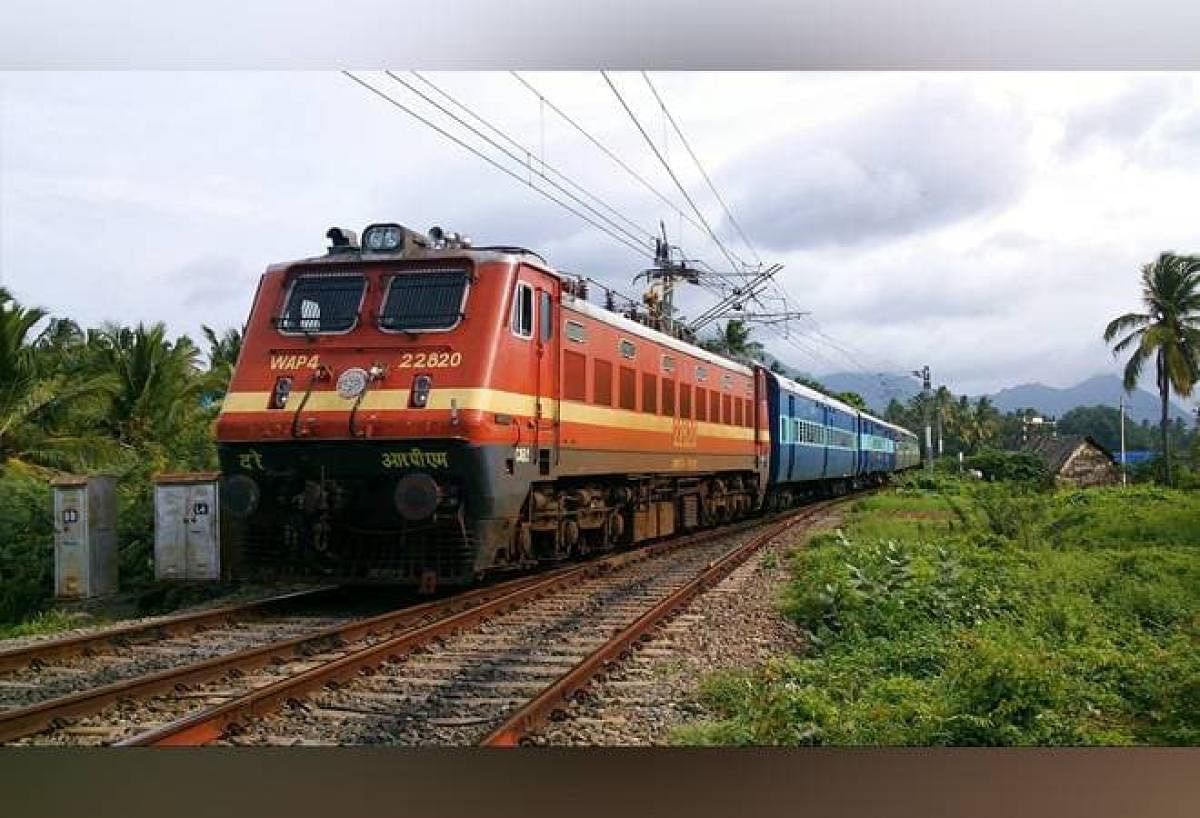
With the Centre focusing on improving the railway network on a massive scale, the national transport received a budgetary allocation of Rs 65,837 crore and a capital expenditure outlay of Rs 1.60 lakh crore, which is the highest in history.
In the 2018-19 fiscal, the outlay for the railways was Rs 1.48 lakh crore while the Budget allocation was Rs 55,088 crore.
In the Budget, funds of Rs 7,255 crore have been allocated for the construction of new lines, Rs 2,200 crore for gauge conversion, Rs 700 crore for doubling, Rs 6,114.82 crore for rolling stock and Rs 1,750 crore for signalling and telecom — the allocations have remained the same as in the interim budget in February presented by then finance minister Piyush Goyal.
What will remain the railways' major challenge is its revenue expenditure, which includes an estimated salary payout of Rs 86,554.31 crore, about Rs 14,000 crore more than last year.
Indian Railway aiming for an operating ratio of 95%, while last year, it was 96.2 %.
Estimates under Gross Traffic Receipts for the year 2019-20 have been placed at Rs 2,16,675 crore involving an increase of Rs 19,961 crore over the revised estimates 2018-19.
The finance minister said that railway infrastructure would need an investment of Rs 50 lakh crores between 2018 and 2030 and proposed that a public-private partnership (PPP) be used to unleash faster development and delivery of passenger freight services for railway projects to boost the connectivity.
"Railways will be encouraged to invest in suburban railways through special purpose vehicles (SPVs) and enhance metro rail network through PPPs," she said.
The government envisions using rivers for cargo transportation, which will also de-congest roads and railways, she said.
